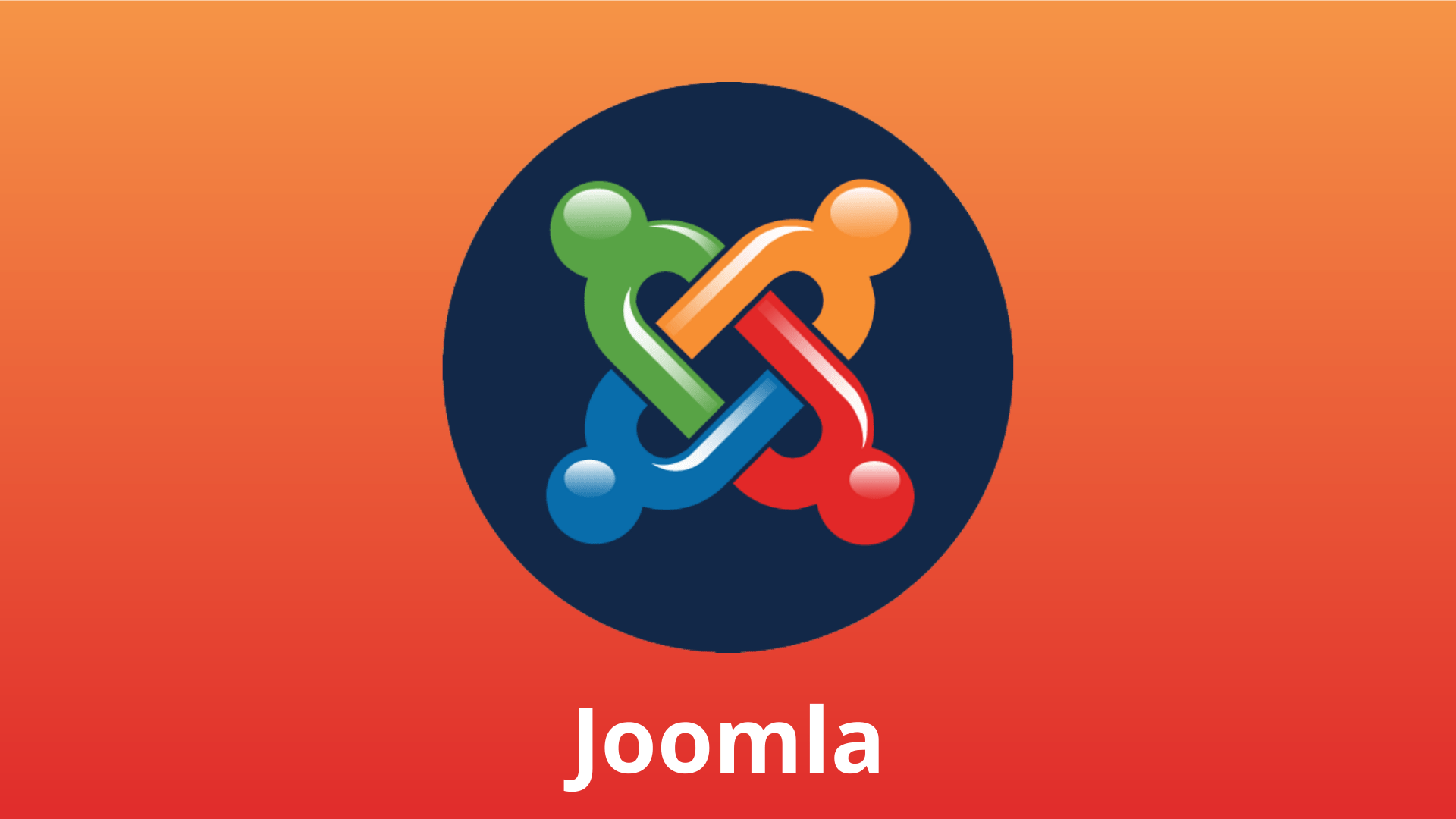In the realm of Content Management Systems (CMS), Drupal has emerged as a powerhouse known for its flexibility, scalability, and robust capabilities. With a vast and dedicated community of developers, Drupal has been a staple choice for creating websites ranging from personal blogs to complex enterprise solutions. In this thorough evaluation, we will delve deep into Drupal, exploring its features, benefits, challenges, and its overall standing in the CMS landscape.
Understanding Drupal: An Overview
Drupal, first introduced in 2000, has grown to become one of the most prominent open-source CMSs in the market. It is renowned for its modular architecture, allowing developers to build highly customized and feature-rich websites. Drupal’s emphasis on flexibility and extensibility has made it a preferred choice for businesses, government organizations, non-profits, and educational institutions alike.
Features and Benefits
1. Scalability and Customization
One of Drupal’s most prominent features is its scalability. From small personal blogs to large-scale enterprise platforms, Drupal can handle a wide range of projects. Its modular architecture enables developers to create custom functionality by selecting and integrating various modules, resulting in tailored solutions that meet specific project requirements.
2. Powerful Multilingual Capabilities
Drupal excels in supporting multilingual websites, making it a preferred choice for businesses with a global audience. Its core and contributed modules offer advanced multilingual capabilities, allowing you to create and manage content in multiple languages seamlessly.
3. Strong Security Features
Drupal takes security seriously. Its robust security features and proactive approach to addressing vulnerabilities make it a reliable choice for websites that handle sensitive data. Regular security updates and a dedicated security team contribute to keeping your website safe from potential threats.
4. Custom Content Types and Views
Drupal’s ability to define and create custom content types is a key advantage. This feature empowers you to structure your content in a way that suits your specific needs. The “Views” module is another highlight, enabling you to create complex queries and display content in various formats without requiring extensive coding knowledge.
5. Versatile Taxonomy and Categorization
Drupal’s taxonomy system allows you to categorize and organize content in a hierarchical or non-hierarchical manner. This taxonomy flexibility is invaluable for websites with extensive content libraries, making navigation and content discovery more user-friendly.
6. Rich Theming Capabilities
Drupal’s theming system enables developers to create visually appealing and unique designs. Its separation of content from presentation makes it easier to change the design without altering the underlying content structure. This is particularly beneficial for businesses looking to maintain consistent branding across their website.
7. Community Collaboration
The Drupal community is a driving force behind its growth and success. The community’s commitment to innovation, documentation, and support ensures that developers and users can find help, resources, and solutions to challenges they encounter during their Drupal journey.
8. API-First Approach
Drupal’s adoption of an API-first approach makes it a favorable choice for creating decoupled or headless websites. This means you can use Drupal as a backend content repository while leveraging different frontend technologies to deliver content across various platforms.
9. Open Source and Cost-Effective
As an open-source CMS, Drupal eliminates licensing costs, making it a cost-effective solution for businesses and organizations. The savings on software licensing fees can be redirected towards enhancing other aspects of your website, such as design, development, or content creation.
Challenges and Considerations
1. Learning Curve
Drupal’s extensive capabilities can result in a steeper learning curve compared to simpler CMSs. The complexity of Drupal’s architecture might require a substantial investment of time and effort for newcomers to grasp.
2. Development Skills
While Drupal empowers developers to create highly customized solutions, it also demands a certain level of technical expertise. Developers with PHP, HTML, and CSS skills are better equipped to take full advantage of Drupal’s capabilities.
3. Performance Optimization
Due to its versatility and extensive features, Drupal websites might require careful performance optimization. Without proper caching, resource management, and server configuration, website speed and responsiveness can be negatively affected.
4. Module Compatibility and Updates
Using multiple contributed modules can sometimes lead to compatibility issues, especially during major updates. Ensuring that all your modules are compatible with the latest version of Drupal can be time-consuming.
5. Limited Prebuilt Themes
While Drupal provides the tools to create custom themes, the availability of prebuilt themes is more limited compared to other CMSs. This means that building a visually appealing website might require more design and development effort.
Drupal vs. Other CMSs: A Comparative Analysis
Drupal vs. WordPress
Drupal and WordPress are often compared due to their widespread use and diverse capabilities. While WordPress is known for its user-friendliness and extensive plugin ecosystem, Drupal is favored for its scalability, customization, and ability to handle complex websites and applications.
Drupal vs. Joomla
Joomla and Drupal share similarities in terms of customization and scalability. However, Drupal’s architecture and focus on advanced development make it more suitable for projects with intricate functionality and requirements. Joomla, with its user-friendly interface, is often chosen for websites that don’t require the same level of customization.
Conclusion
Drupal’s position in the CMS realm is characterized by its flexibility, scalability, and robust capabilities. It has established itself as a go-to choice for businesses, institutions, and developers seeking to create websites that range from simple to intricate. With features like scalability, strong security, multilingual support, and custom content types, Drupal empowers users to craft websites tailored to their unique needs. However, Drupal’s complexity and learning curve must be carefully considered when choosing it as your CMS. For those willing to invest time in mastering its capabilities, Drupal stands as a versatile and powerful platform that offers an unparalleled level of customization and control over website development. As the CMS landscape continues to evolve, Drupal maintains its position as a respected and reliable solution for websites of varying complexity and scale.










